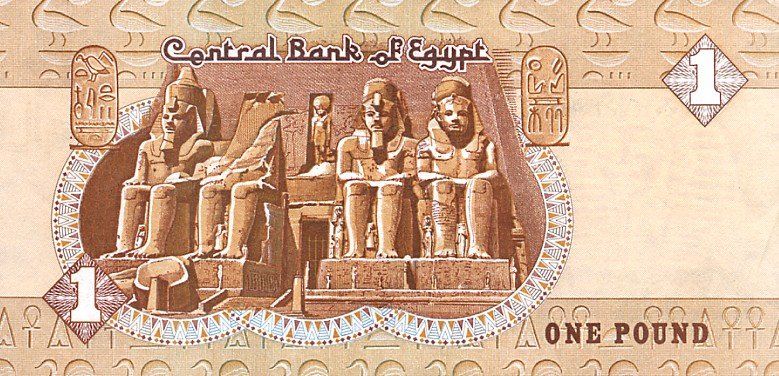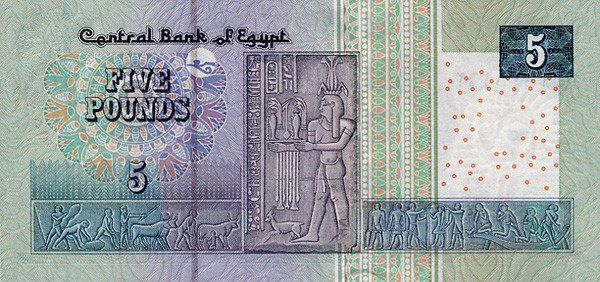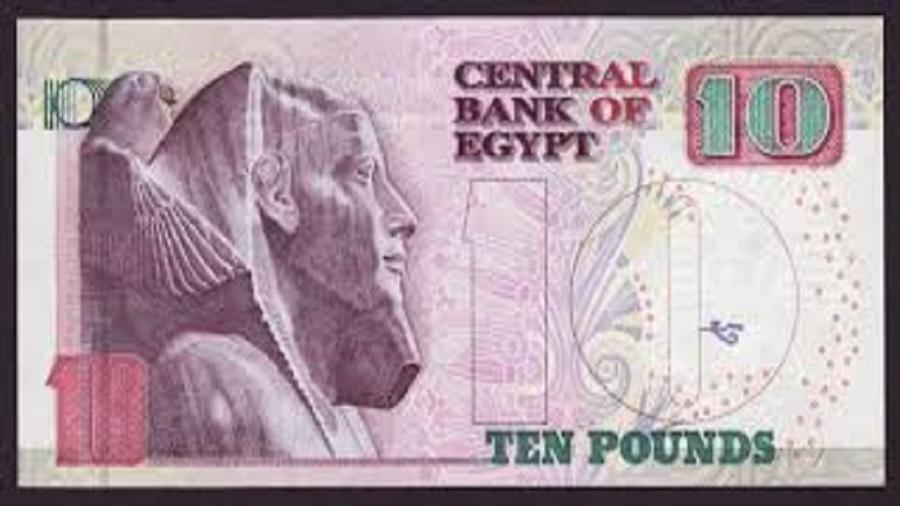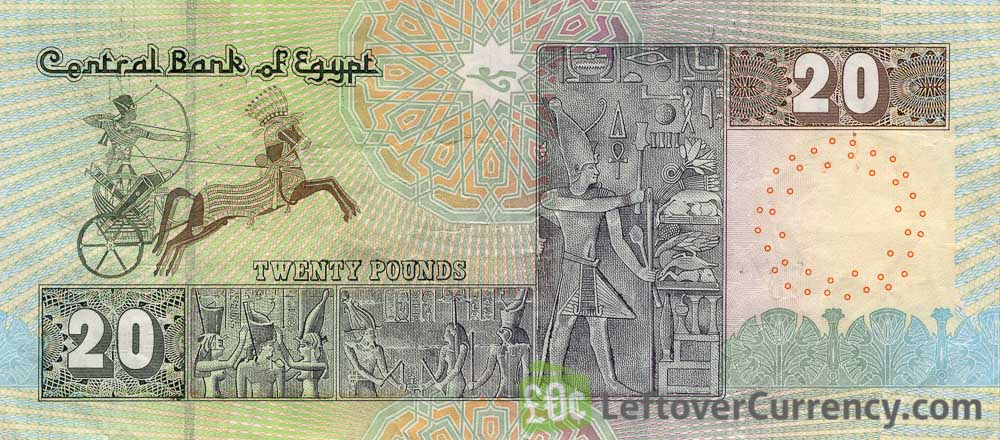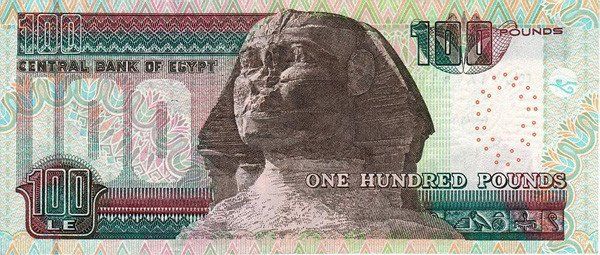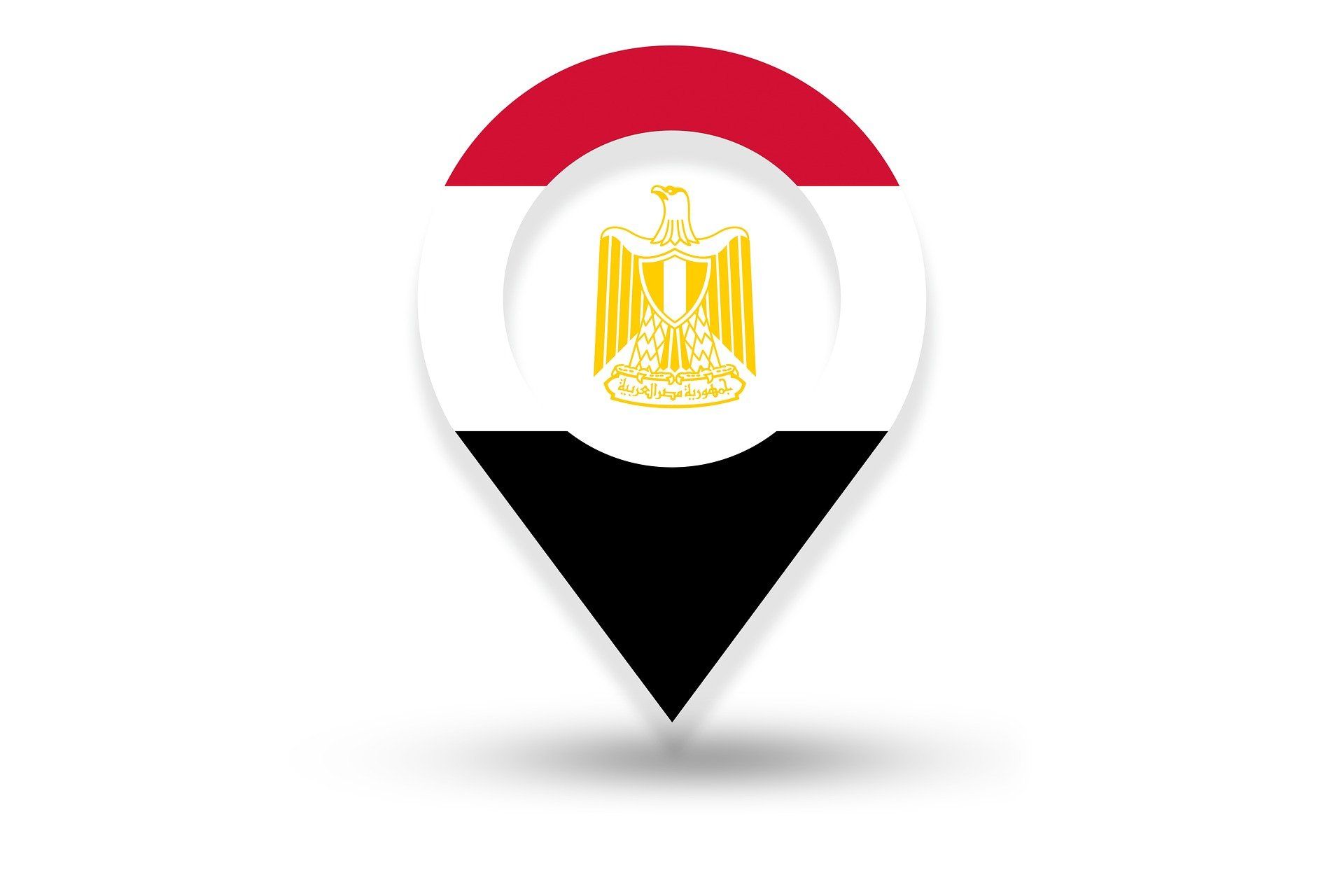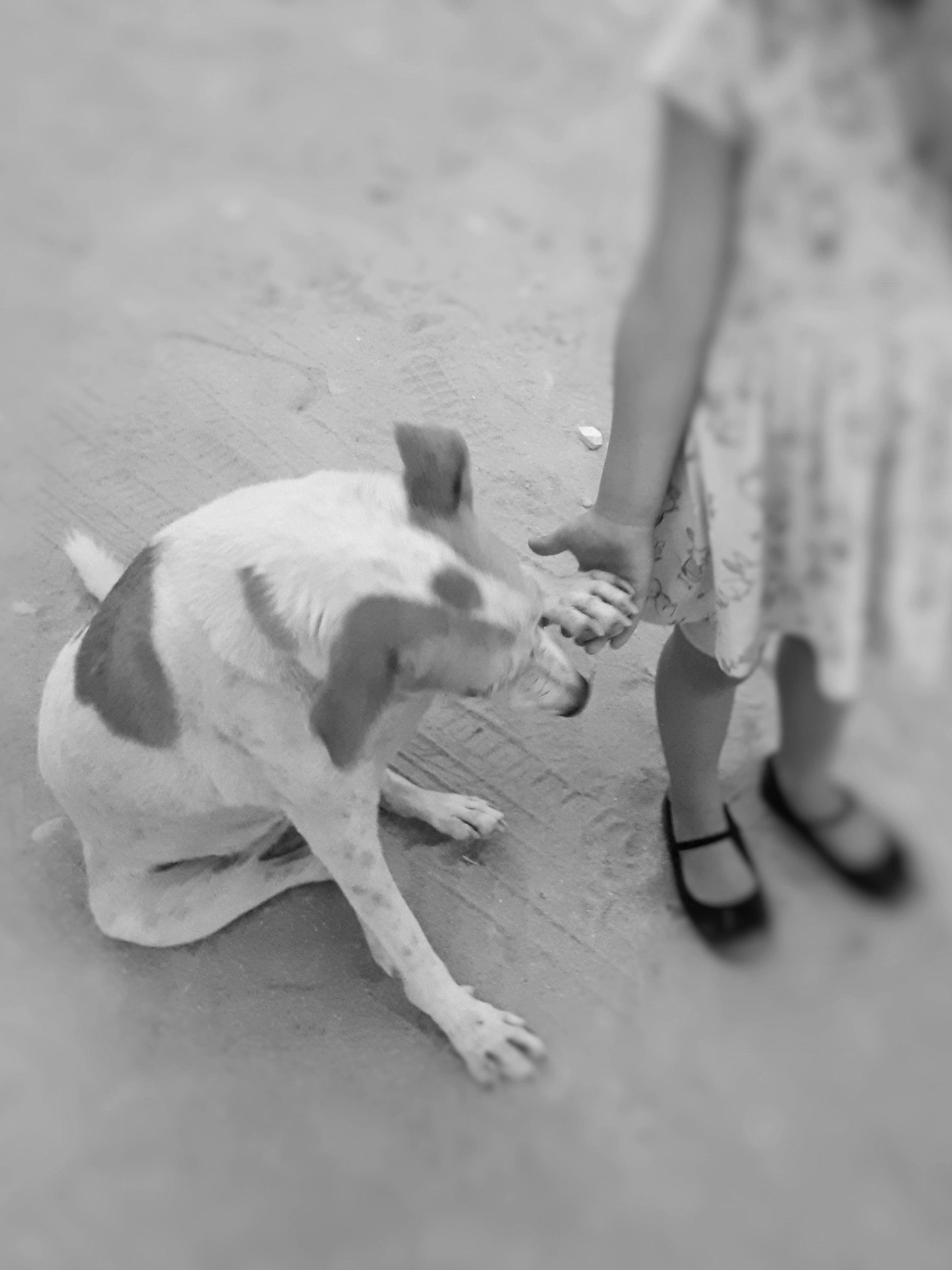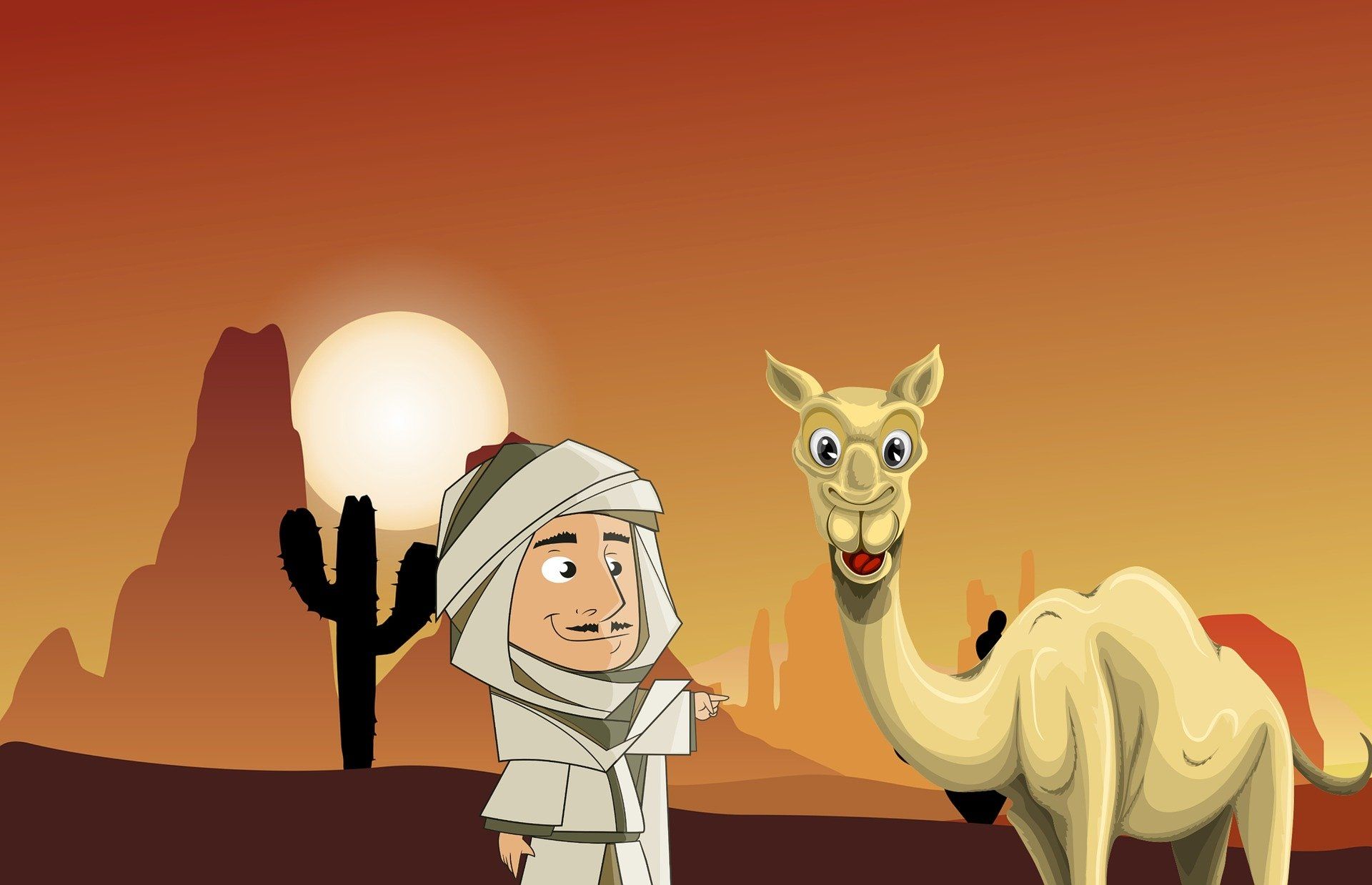The Egyptian Money - Do You Recognize It?
When you fly to Egypt, whether for the first time or over and over again, there is something you simply cannot miss - the Egyptian currency. It is spoken everywhere that the best money in the country is local money. But how can you understand it? If you brought a few Egyptian pounds from your vacation many years ago, you may be wondering, are these notes still valid?
Our advice:
Before using Egyptian pounds, check the exchange rate to know how much you are really paying for something. The Egyptians use coins and banknotes. What may surprise you is the same amount, the same nomination in the coin and the paper note!
The Egyptian pound is divided like the euro for 100 piasters. The smallest amount of money is not really used too much, but you will find a nomination of 25 and 50 piasters (you will most likely never find out that there is a 10 piaster coin).
Then you will find coin (and banknote) of 1 pound. Then with LE 5, LE 10, LE 20, LE 50, LE 100 notes. The largest note available is LE 200.
Once you use the Egyptian currency, you no longer have to worry about not understanding or reading it.
Each banknote is written in Arabic on one side and in English on another.
As already mentioned, some nominations are also used in coins and papers. You have to be careful - for example, while a banknote of "50 piastres" is very small money, "50 pounds" is big money. Please read carefully what you have - 50 piasters or 50 pounds….
Coins (small money)
The 50 piaster gold coin is easily recognizable - with the famous Pharaoh Cleopatra on it. The other popular Egyptian pharaoh - young king Tutankhamun can be seen in 1 pound coin. The newer 1 pound coin shows the Suez Canal.
1 pound banknote shows one of the most important symbols of Egypt - the Abu Simbel temple with statues of the greatest pharaoh in Egyptian history (he ruled over 66 years) Ramses II.
Banknote
Green 5 pound banknote bears symbol of the Ibn Toulon Mosque in Cairo. Hapi can be seen on the front. Hapi was the Egyptian god of the Nile. During the flood, the Egyptians brought offerings, amulets and other sacrifices for Hapi to the Nile.
He was also God of Upper and Lower Egypt. The LE 5 banknote shows that Hapi gives wealth to the Egyptian people, with the lotus on its head representing the south and the papyrus the north.
Every banknote - special symbol
King Chephren shows a 10 pound banknote with Horus, who protects him, one of the most beautiful statues exhibited in the Egyptian Museum. Chephren ordered his sculptors to carve the god Horus behind his head, which means that he represented Horus on earth.
LE 20 banknote refers to Pharaoh warrior Ramses III. who went into battle with "seafarers" in his horse-drawn carriage. This is the famous scene that can be seen in his mortuary temple Medinet Habu.
The chariot is a two-wheeled vehicle that was used for racing and fighting in ancient times and was pulled by a horse or horses. It was built in the 16th century BC. Brought to Egypt by the Hyksos invaders.
50 Egyptian pound (0.8 GBP, 1 USD) banknote refers to Temple of Edfu. You will probably visit this part of Egypt on your Nile cruise on the way to Asuan. The Horus Temple in Edfu, also known as the Edfu Temple, is said to be the best preserved and second largest temple in Egypt after the Karnak Temple. The Temple of Horus reflects the traditional Pharaonic architecture that was used during the Ptolemaic era from 237 to 57 BC. Chr. While built It was oriented from east to west instead of the current north-south configuration.
We are sure that you are very familiar with nomination of 100 LE. It is used most often and you will easily recognize the Giza Great Sphinx.
The Great Sphinx is on the LE 100 note (1,5 GBP)as it is the oldest statue of Egyptian civilization. It is located next to the Pyramids of Giza and dates from the reign of King Chephren, the fourth king of the fourth dynasty. It has a lion body and a human head that combines the power of the lion with the wisdom of humans. Some experts said it represents King Chephren.
As mentioned earlier, the largest single banknote is LE 200 (3 GBP). Symbol of the clerk.
The scriber pictured on the back and sitting on the floor, wearing a black wig and holding a papyrus and pen, was an Egyptian writer from the pharaohs era.
The tasks of a scriber ranged from writing letters for the urban population, recording the yearly crop till monitoring construction of monumental buildings. Administrative and economic activities have also been approved by scribes.


